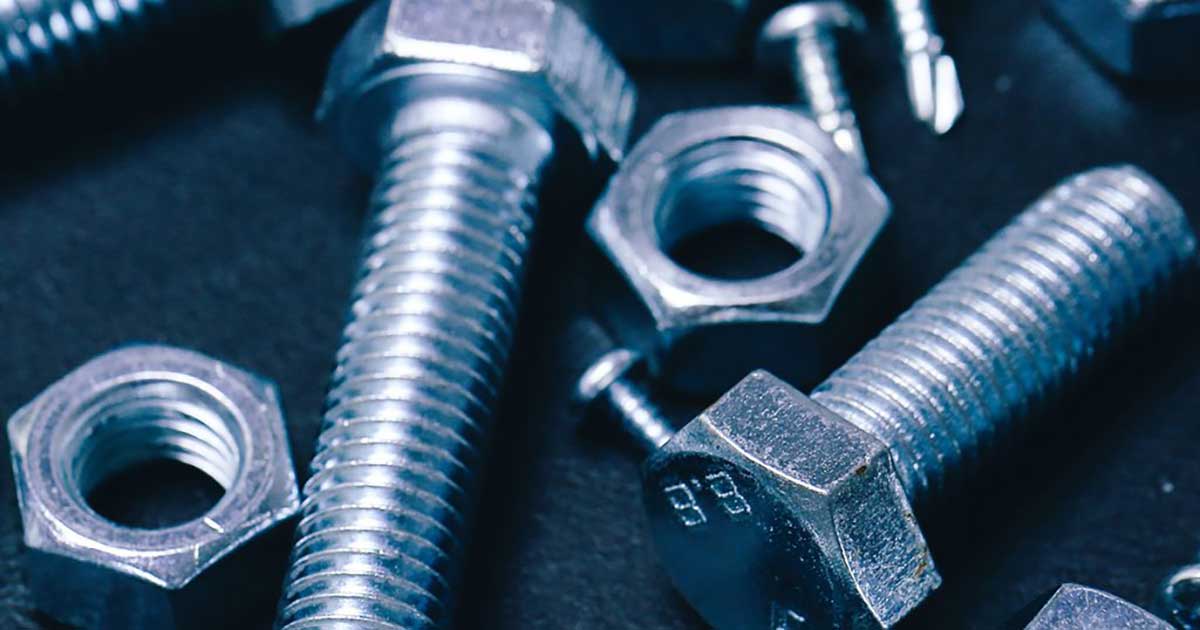The right drill for a perfect thread

Cutting a thread is not a science, as long as you follow a few important principles. One of them is the correct drill diameter. To make it easier for you, we have a bit of theory and a practical table of drill diameters for individual threads.
Metric thread is the most common type of screw connection thread. The thread is marked with the letter M, followed by the diameter of the screw thread in millimeters, for example M12.
Metric thread can be:
- thread of the basic (standard) series
- fine pitch thread – has a smaller pitch and thread depth than the base series thread
- multi-pass thread - two-pass, three-pass - several threads on one body
- right, left - according to the direction of screwing
Of all types of metric threads, the most used thread is the basic thread. The shape of the protrusions and the cavities that form it are isosceles triangles, as can be seen from the profile of the metric thread (Fig. 1).

fig. 1 Metric thread profile
What hole to drill for the most commonly used metric thread with the thread of the basic series? It is not a science, but there are certain rules to follow.
For example, the thread diameter of the M12 screw is 12 mm, if we need to "make" a nut for this screw. If we drilled a hole with a diameter of 12 mm, the M12 screw would pass through the hole freely and the M12 thread would not be able to be cut with a tap. Therefore, the opening for cutting the thread must be smaller than the resulting thread. In our case, we will drill a hole of 10.2 mm (see table 1).
The following table shows the necessary diameters of the drilled holes for thread cutting with a standard thread pitch:
| thread | climbing | diameter of opening |
|---|---|---|
| M 2 | 0,4 | 1,6 |
| M 2,2 | 0,45 | 1,75 |
| M 2,5 | 0,45 | 2,05 |
| M 3 | 0,5 | 2,5 |
| M 3,5 | 0,6 | 2,9 |
| M 4 | 0,7 | 3,3 |
| M 5 | 0,8 | 4,2 |
| M 6 | 1 | 5 |
| M 7 | 1 | 6 |
| M 8 | 1,25 | 6,8 |
| M 10 | 1,5 | 8,5 |
| M 12 | 1,75 | 10,2 |
| M 14 | 2 | 12 |
| M 16 | 2 | 14 |
| M 18 | 2,5 | 15,5 |
| M 20 | 2,5 | 17,5 |
| M 22 | 2,5 | 19,5 |
| M 24 | 3 | 21 |
SEQ Table / Arabic 1 - Hole diameter for metric thread
The values given in the table apply to materials such as steel, aluminum and copper. For other materials (cast iron, bronze, brass, etc.) and for thread pitches other than standard, the holes are also different (usually smaller) and it is good to study them in advance.
Sources:
www.tuke.sk,
wikipedia.org

 International
International


No one has rated the article yet.